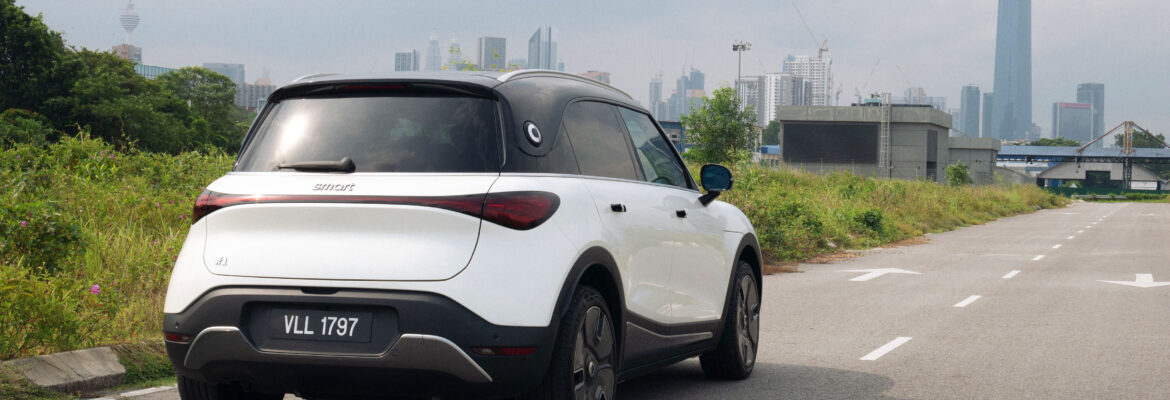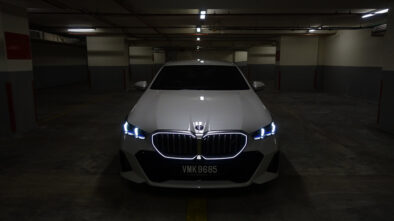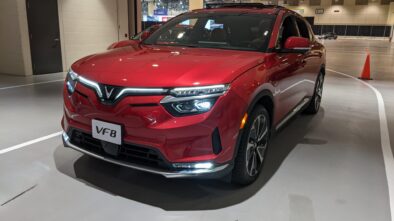Sparking New Trends in the Urban jungle. The Smart #1 review!
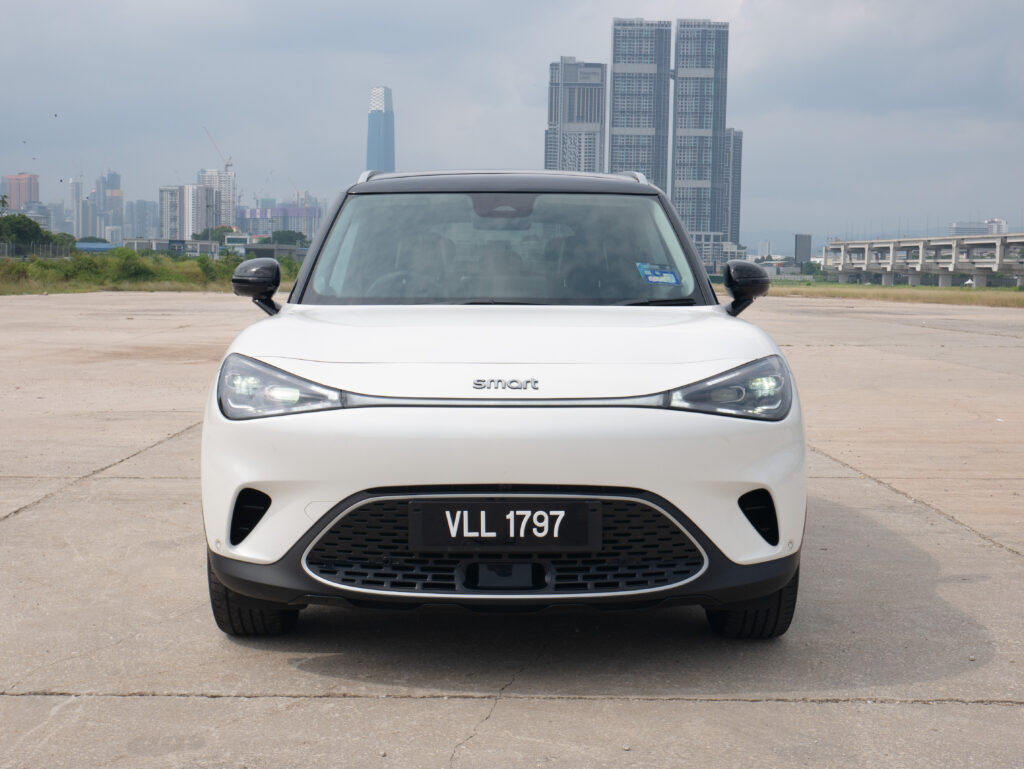
Just a couple years ago, the Smart brand probably didn’t cross our minds as part of our car shopping journey. Many might even assume it’s a defunct brand no longer selling new cars, as it practically was in many markets, including ours.
Malaysia saw the first-gen Smart Fortwo, Forfour, and Roadster nearly two decades ago and none of the newer models ever since, at least not officially. You may still see the occasional grey market second-gen Fortwo on the roads here and there, otherwise the public awareness for Smart is as good as non-existent. Until recently…
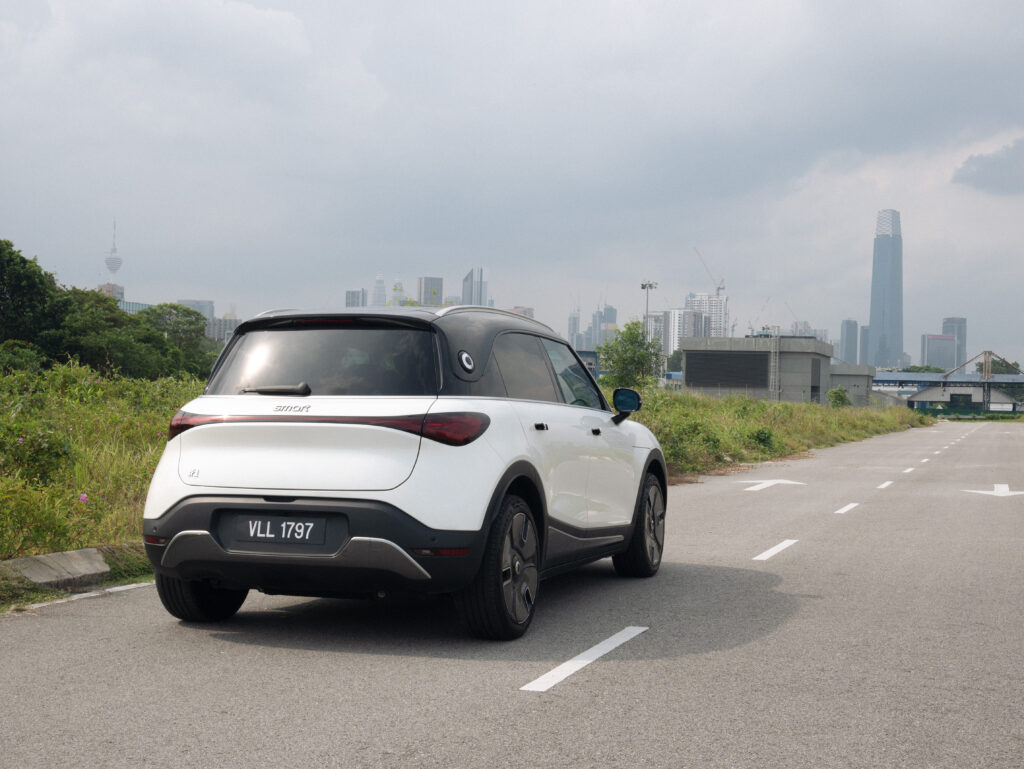
You’re looking at the Smart #1 – First product as a result from a complete overhaul by the company to reinvent itself as a stylish and trendy EV-only brand. With an equal 50% stake held by both Mercedes-Benz and Geely, the German marque’s design influence inside out is clear as they took responsibility for the design work, while Geely handled the engineering and production side of things.
It’s no surprise then, that the #1 sits on a new platform that will be shared across other models under the Geely group: namely the Volvo EX30 and the Zeekr X. With an investment of this scale, this Mercedes-Geely joint venture is far from an experiment, and we’re very much looking forward to testing the fruits of this labour.
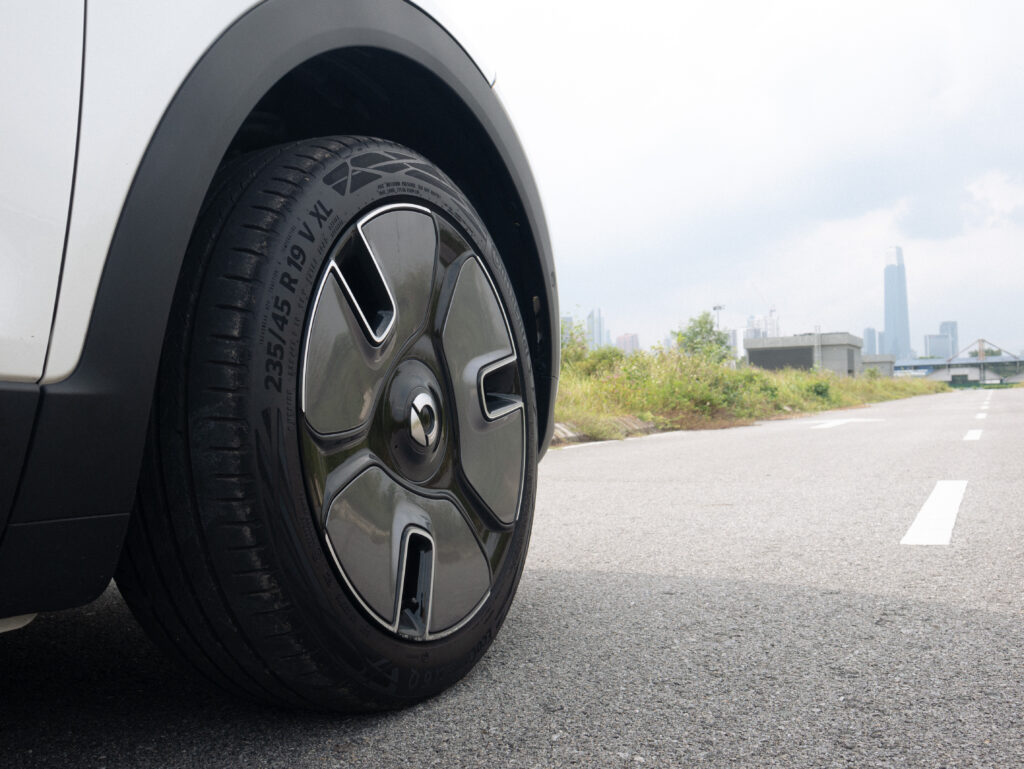
Brabus version aside, there are two variants of the regular Smart #1 available: Pro and Premium. The #1 handed to us was a Premium variant which gets a 66kWh nickel manganese cobalt (NMC) battery which provides a rated range of up to 440km on the WLTP cycle. The cheaper Pro gets a smaller 49 kWh lithium iron phosphate (LFP) battery with a WLTP range of 315km. Having driven our Digital White #1 Premium very sensibly around town, we’re actually able to achieve close to 500km on a full charge which is impressive.
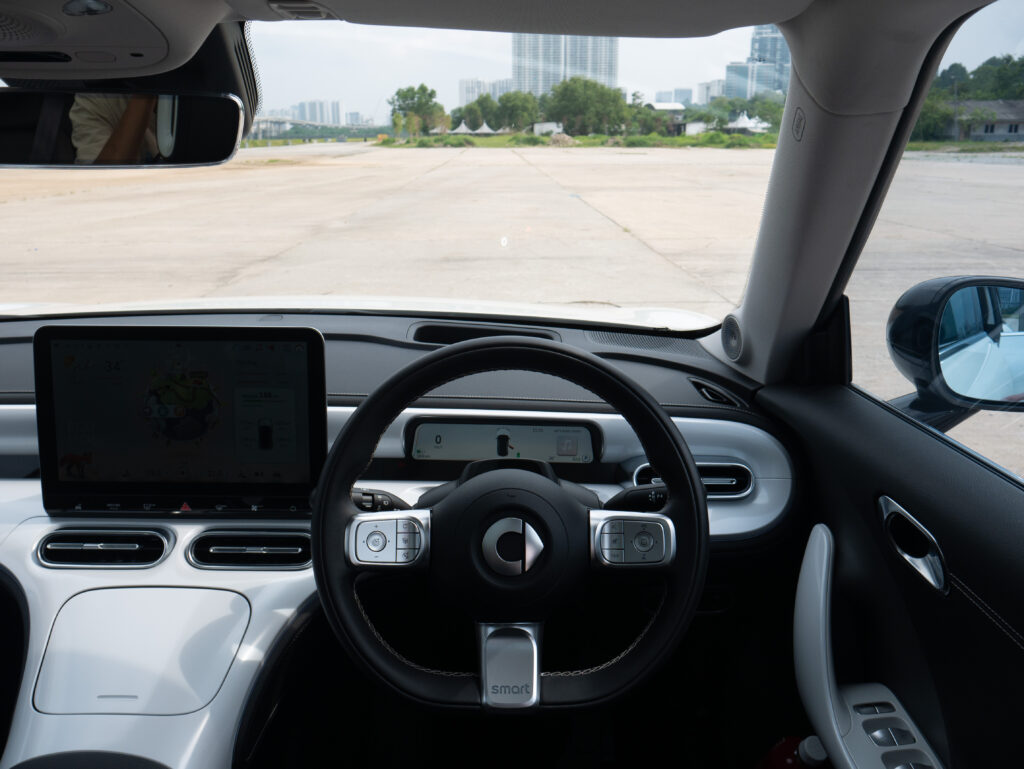
Regardless of the Pro or Premium, you get a single rear motor pushing 200kW (268hp) and 343Nm of torque. With a 0-100km/h time of 6.7 seconds, the #1 is more than quick enough for a city dweller and even during highway overtakes. Power delivery comes in a rather linear form, so it’s easy to drive the #1 smoothly.
We are also pleased with how the #1 rides and handles. It’s definitely not a sports car but the car is rather planted in corners, however it excels more in the comfort department. Perhaps not as soft-riding as other Chinese EVs such as the BYD Atto 3, but the BYD doesn’t handle as well, so we find the #1 strikes a fair balance in between. Refinement is good but wind noise is rather apparent when doing highway speeds.

Despite looking like a small hatchback in photos, it’s actually more of a medium crossover in dimension. Interior wise, the #1 more spacious than it looks from the outside, and both leg and headroom for tall people is good. In our tropical weather, the two front ventilated leather seats in the Premium is also a welcome upgrade over the Pro which only has non-ventilated leatherette seats. The Premium also has a 13-speaker audio system by Beats and a full-colour head-up-display (HUD) over the Pro, which only has 5 speakers and no HUD.
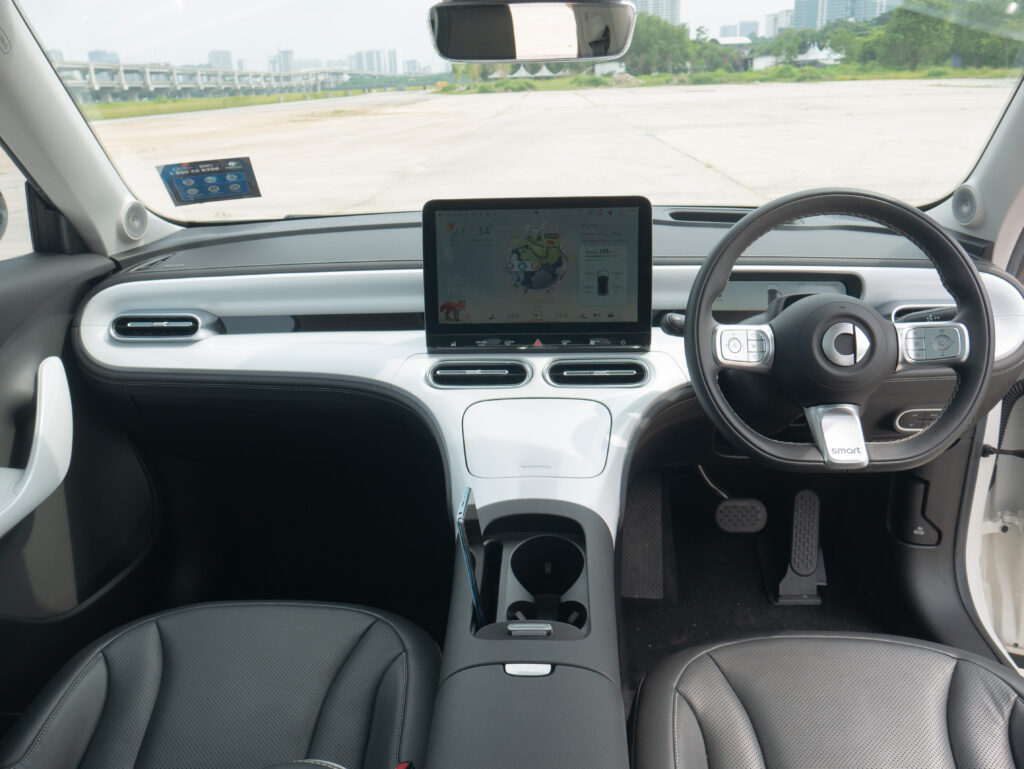
As you can see, the interior design is rather minimalist and straightforward. There’s also a very generously-sized panoramic roof above you with electric sun blind as standard, plus rear privacy glass from the factory. Buttons and switches are located where they should be, but majority of the settings are still tied to the infotainment system like many EVs. We still prefer traditional controls when it comes to crucial settings, but thankfully the infotainment screen is crisp, fast and very responsive.
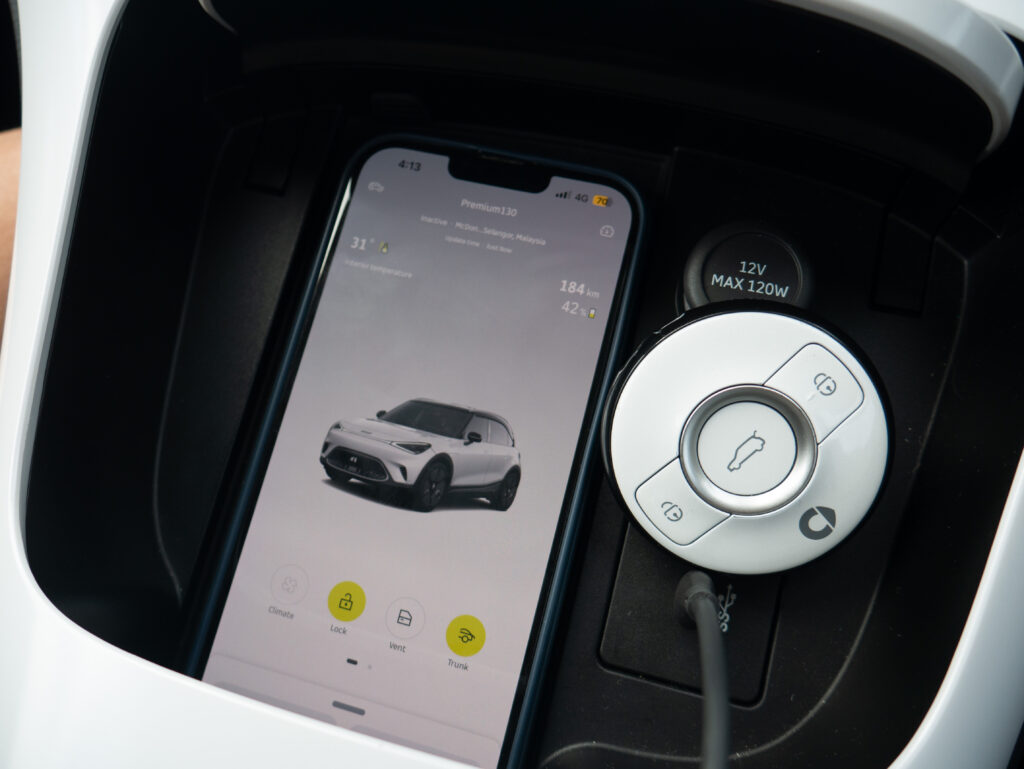
When it comes to EV ownership in our country, we are bound to download countless different EV charging apps just to use public EV chargers offered by various vendors. A key advantage of Smart over other EVs in Malaysia is an excellent integration of the local charging network in its vehicles. This means the on-board navigation system has the majority of public EV chargers in its database, and can map out roughly how far within Malaysia you can go with the current state of charge and plan your journeys for you, including adding charging stops if needed.
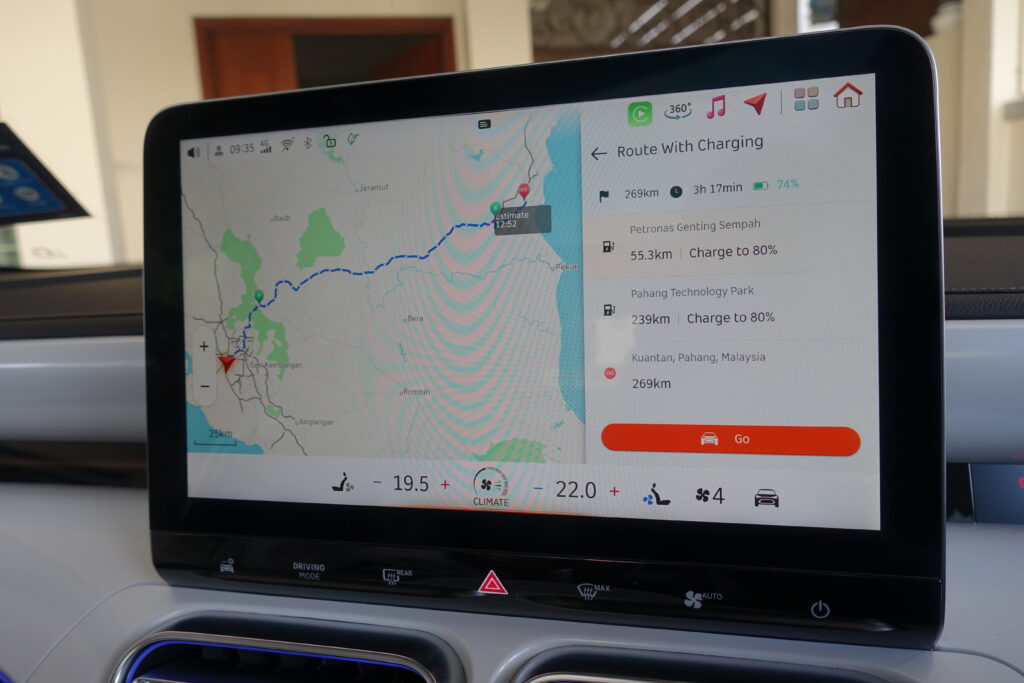
The in-house Hello smart app also allows you to search for charging locations, available charging bays, operating hours, price, and even pay for the major charging vendors (JomCharge, ChargEV, Gentari) directly within the Hello smart app. So in theory, a Smart EV owner could get by with just the Hello smart app, instead of downloading the countless other apps just to access certain chargers other EV brand owners must almost certainly do.
The fact that Smart put in the resources for this localized integration alone is worthy of praise, hopefully other makes will follow suit as it meaningfully reduces the barrier for EV ownership.
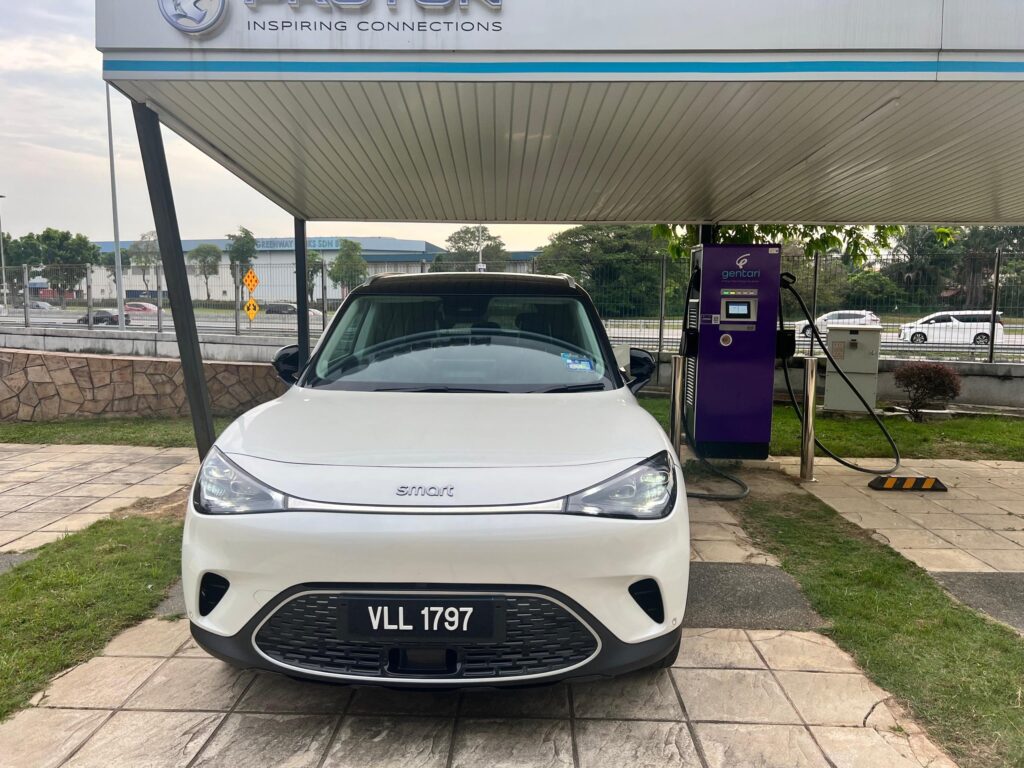
On the topic of charging, both the Pro and Premium are capable of DC charging at up to 150kW. As for AC charging, the Pro can only do 7.2kW while the Premium maxes out at a significantly higher 22kW. According to Smart, this makes for a 3 hour charging time difference from 10% to 80% state-of-charge (6 hours versus 3 hours). Vehicle-to-load (V2L) function is standard on both variants, so you can power external devices at a camping trip for example.
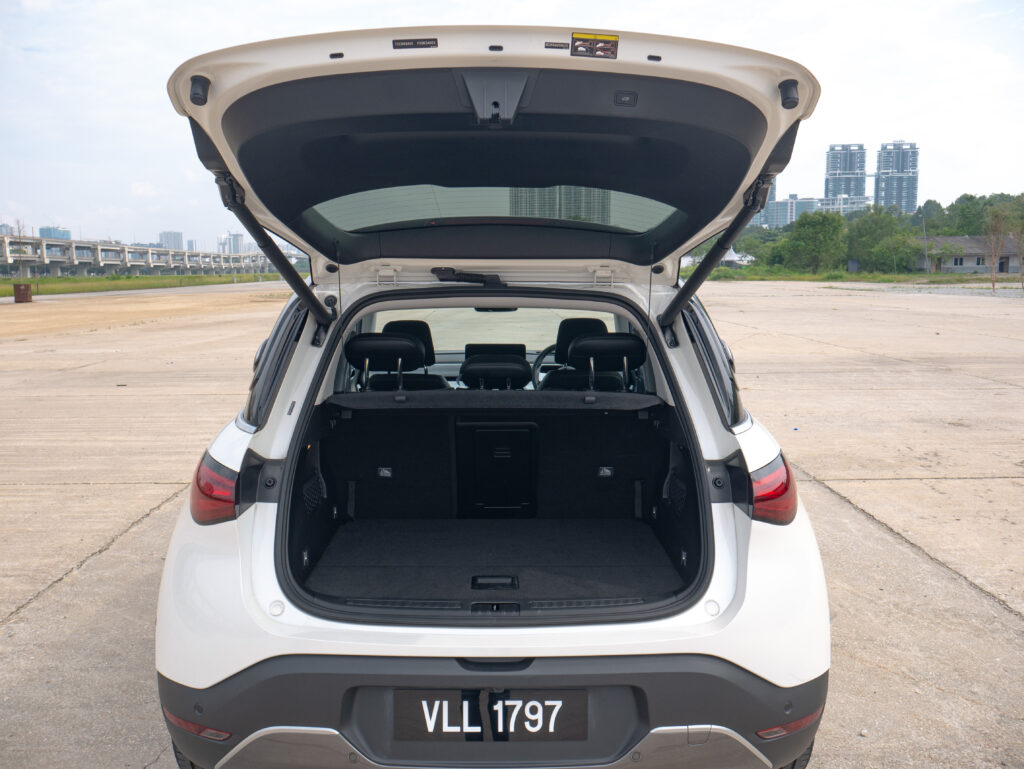
With the base Pro variant starting at an attractive RM169k and the Premium as tested for RM209k, the #1 is a very impressive product to debut a revitalized Smart brand. The recently launched #3 (same drivetrain and platform as the #1) is also worth a look for those looking for a larger #1 or simply prefer the “coupe” SUV look. With an even larger #5 SUV revealed globally earlier this year, the Smart brand is clearly here to stay with no signs of slowing down.
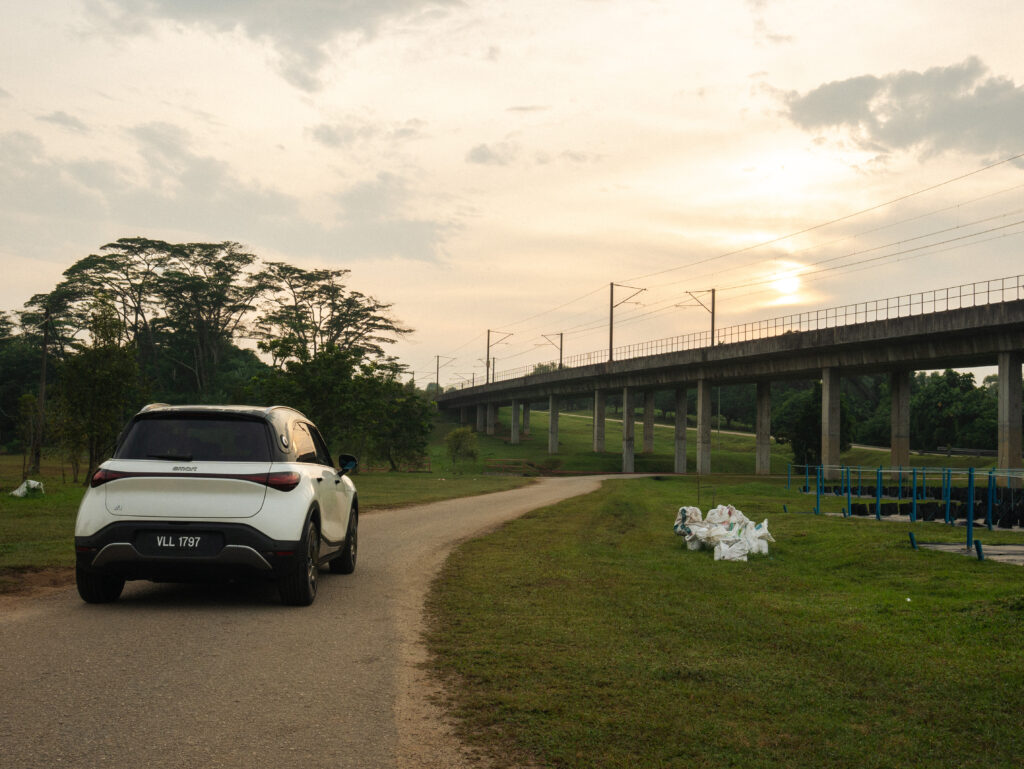



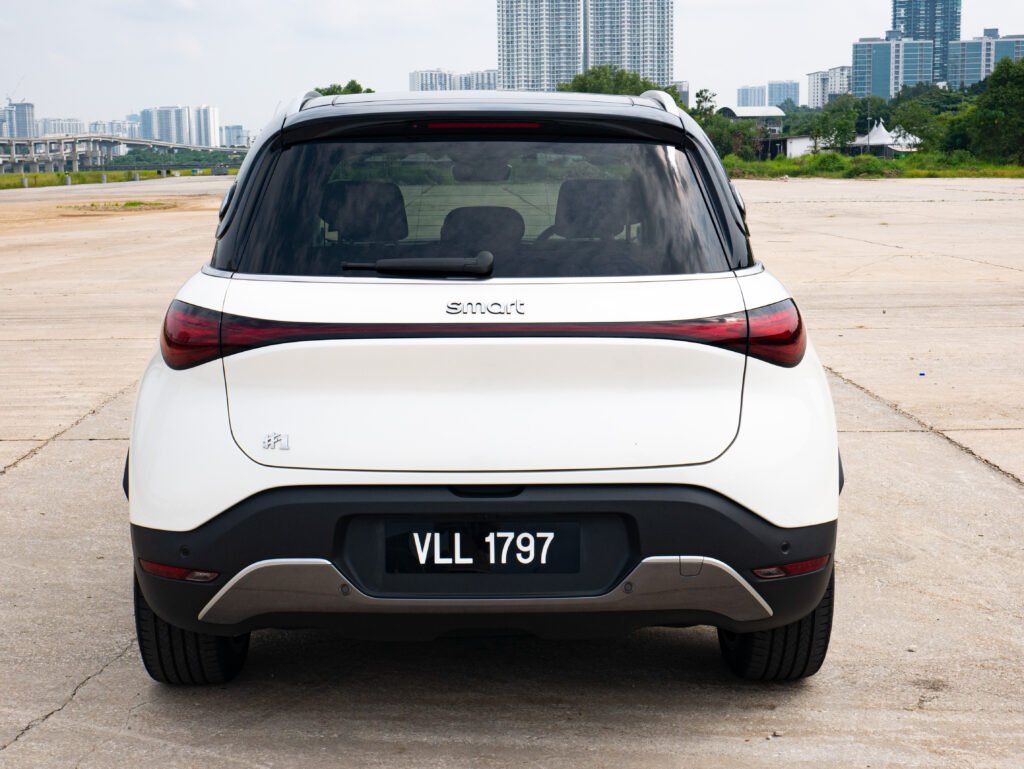



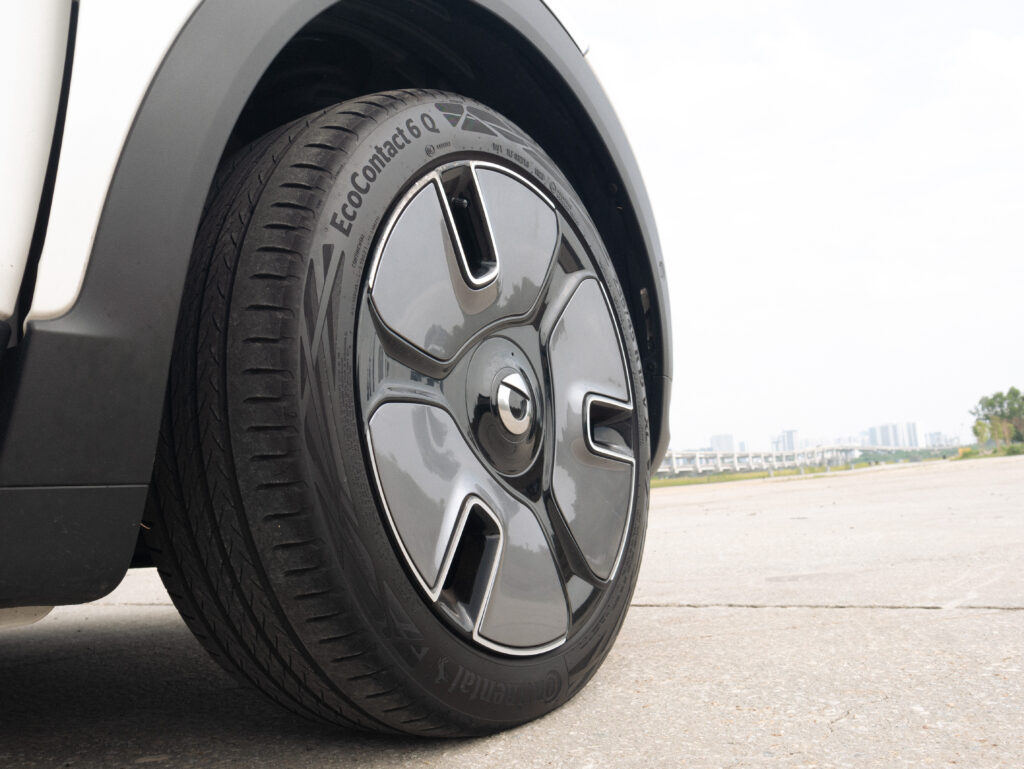






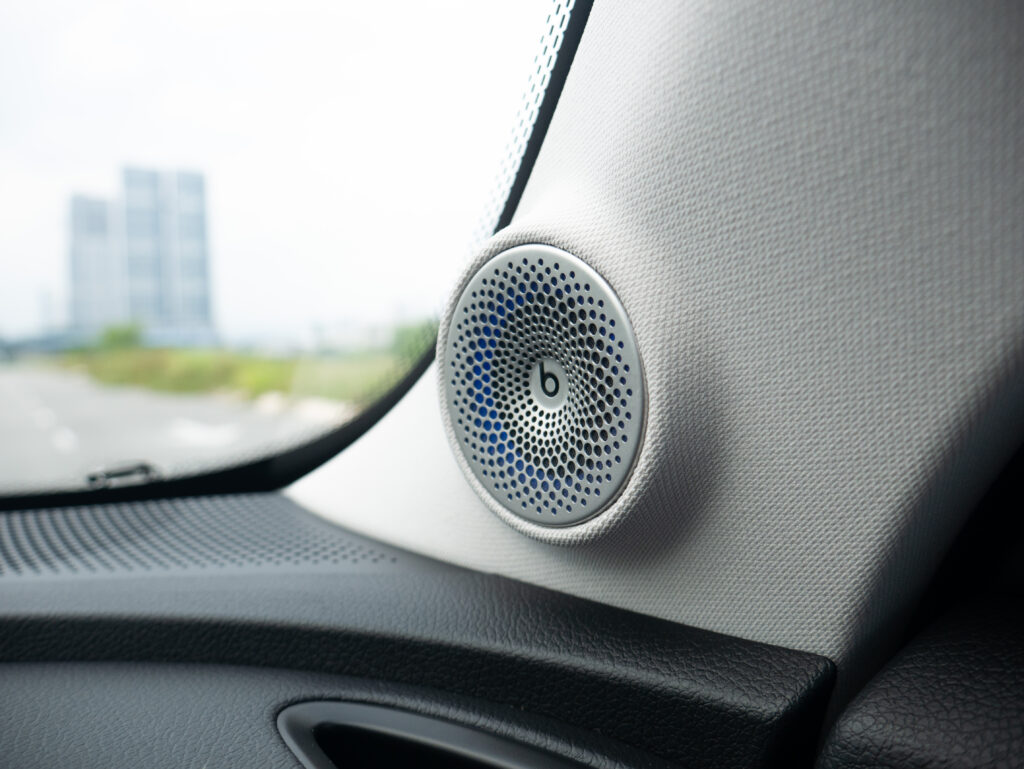
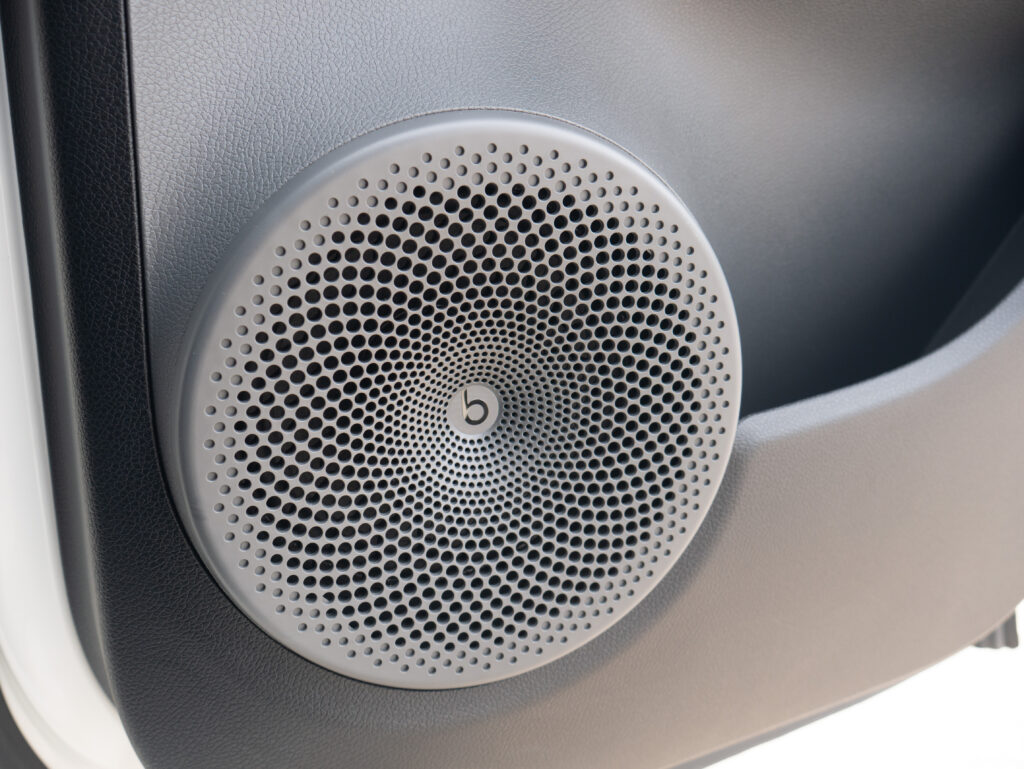
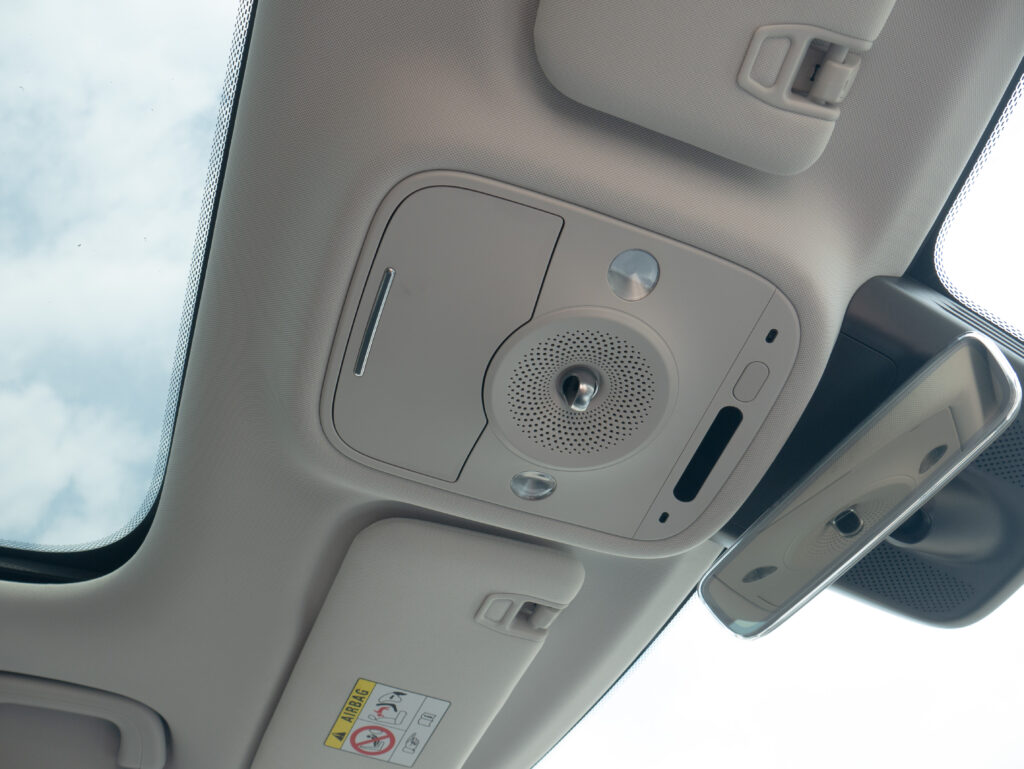
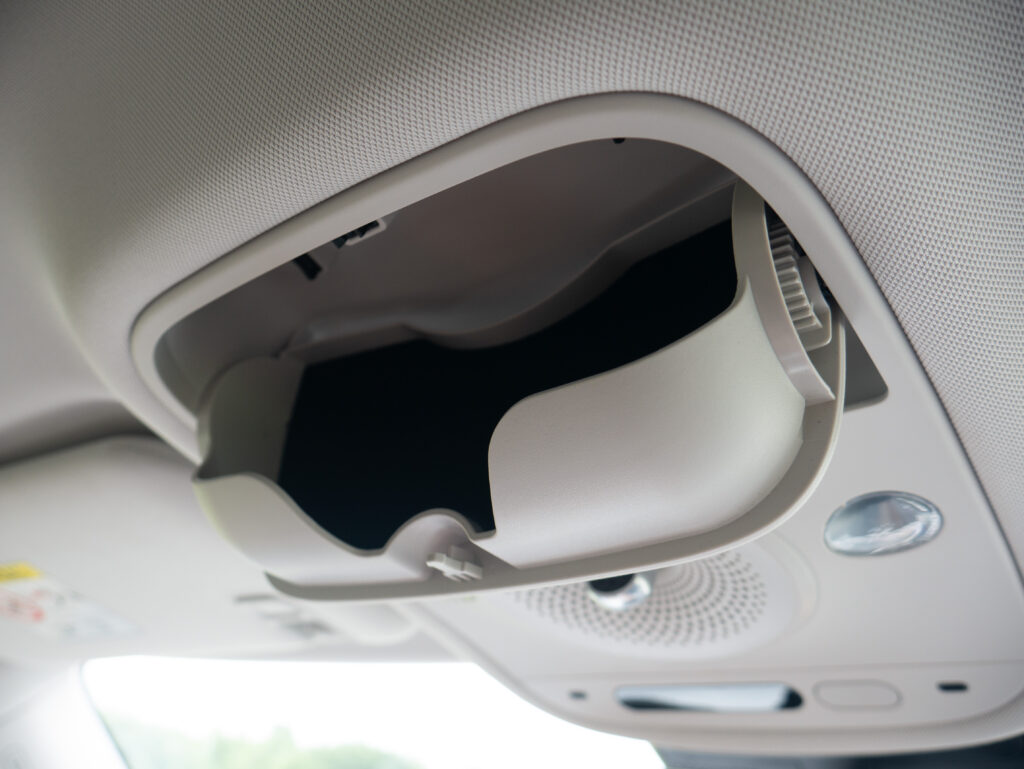

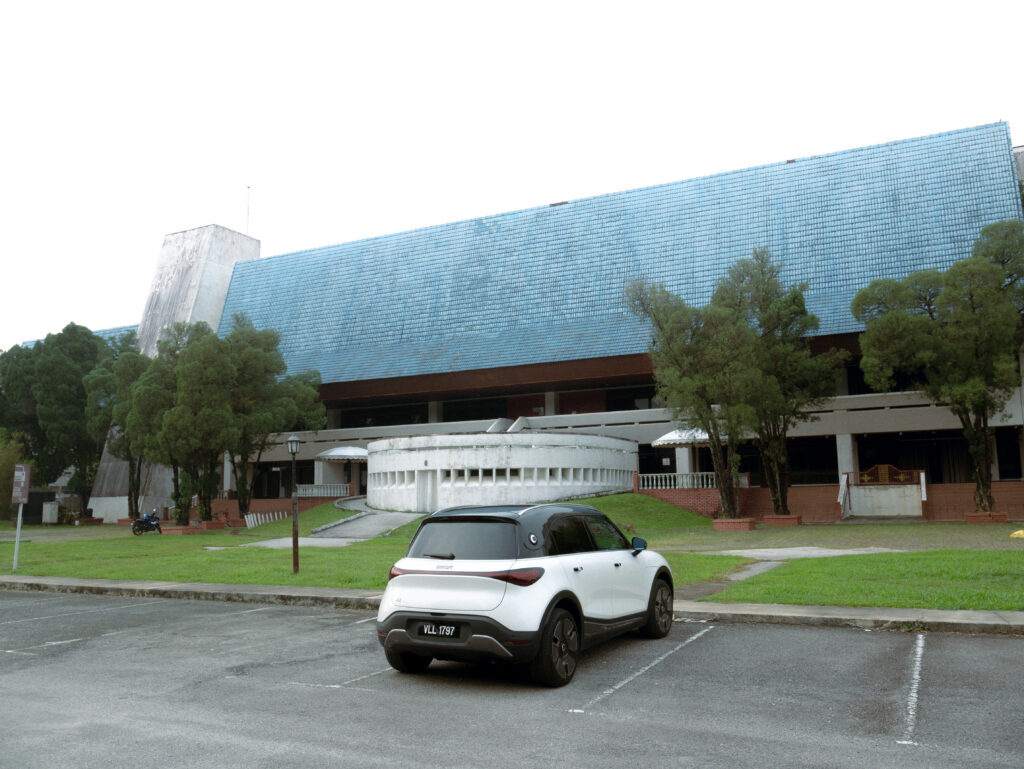
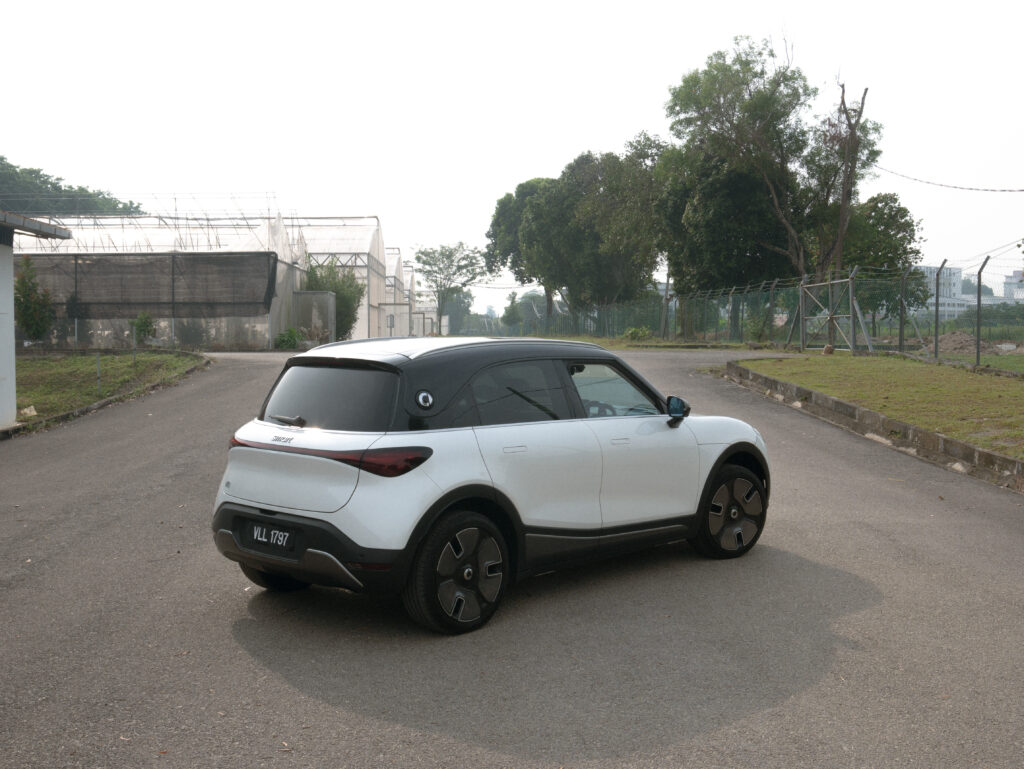
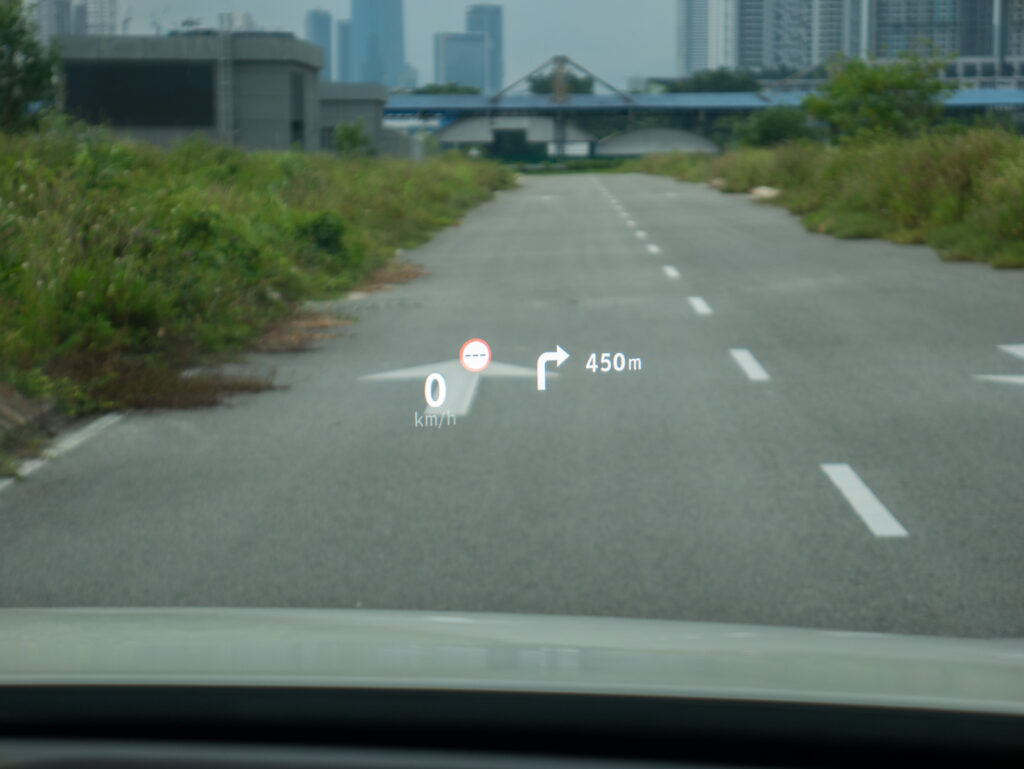
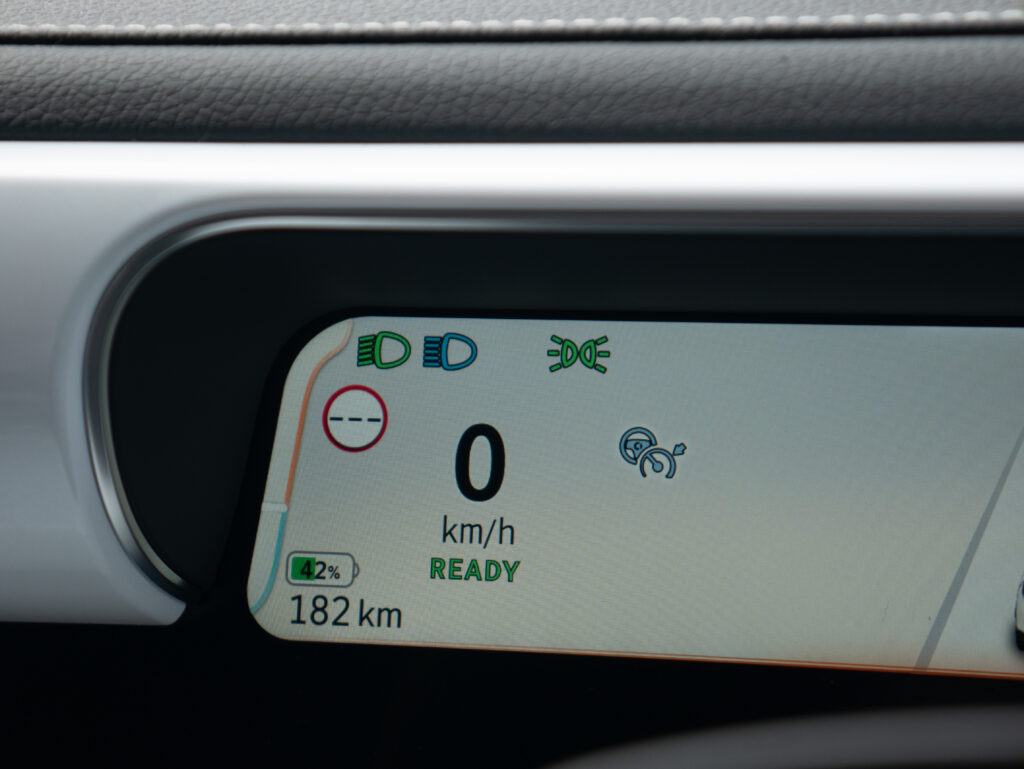
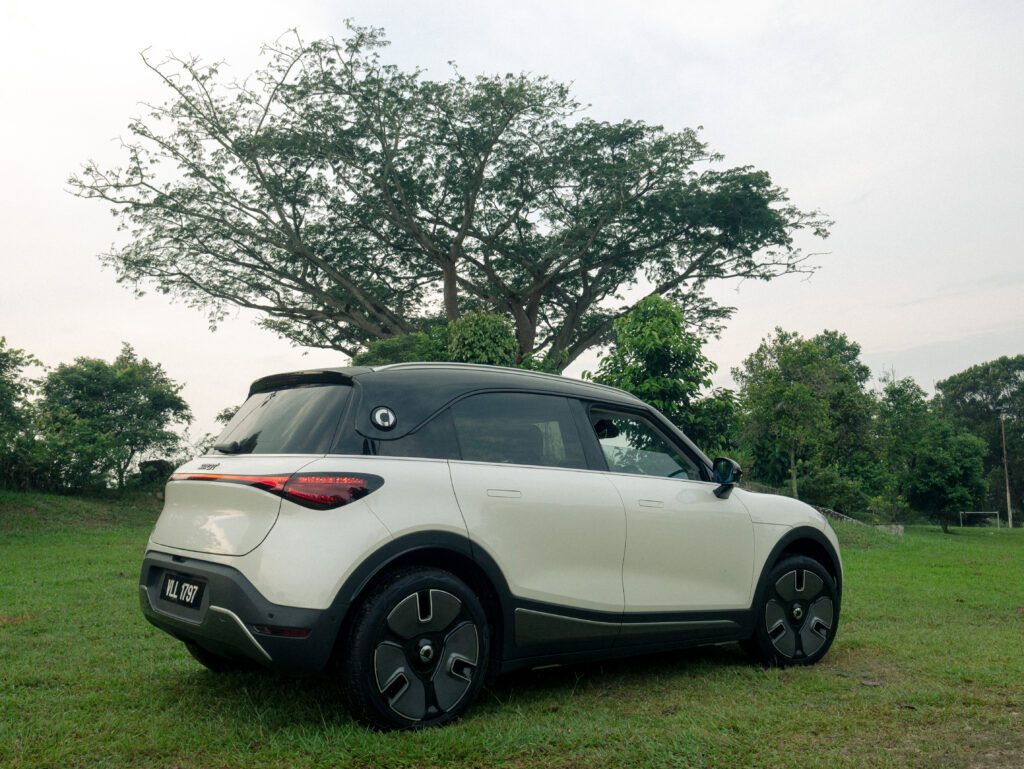


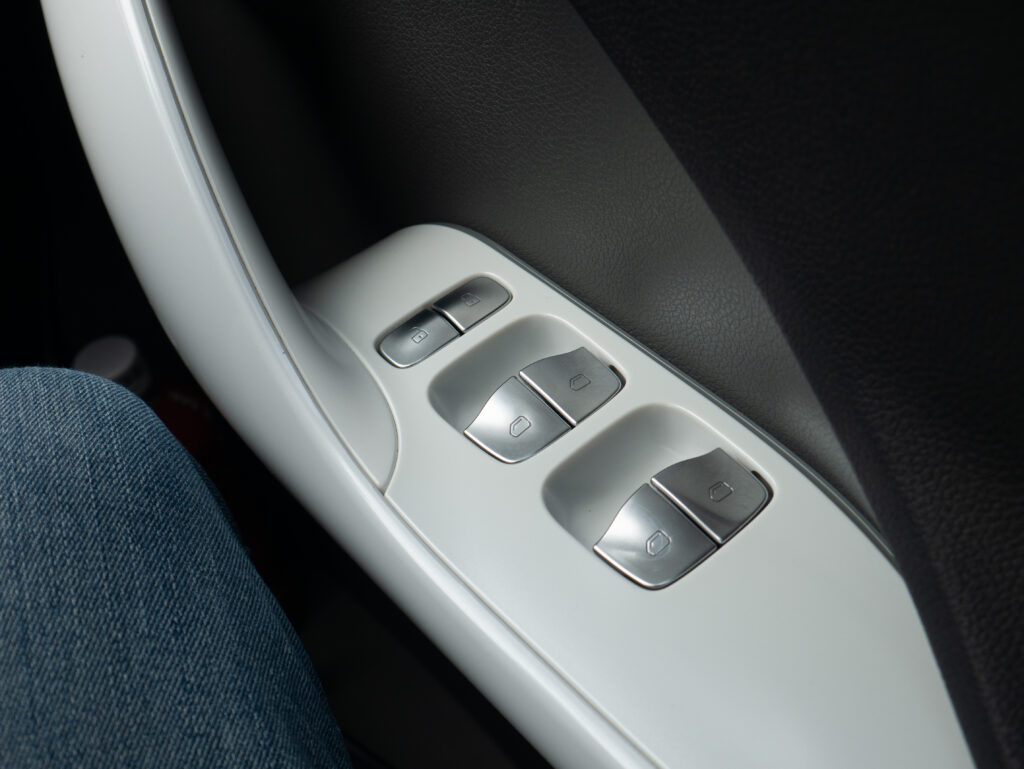
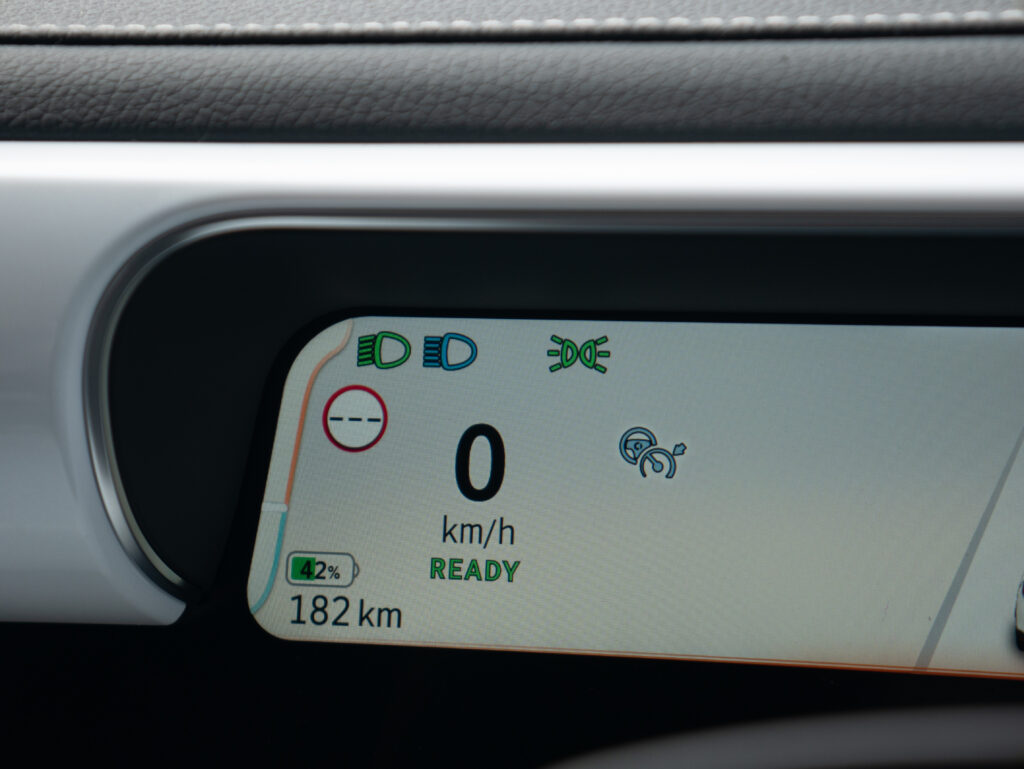
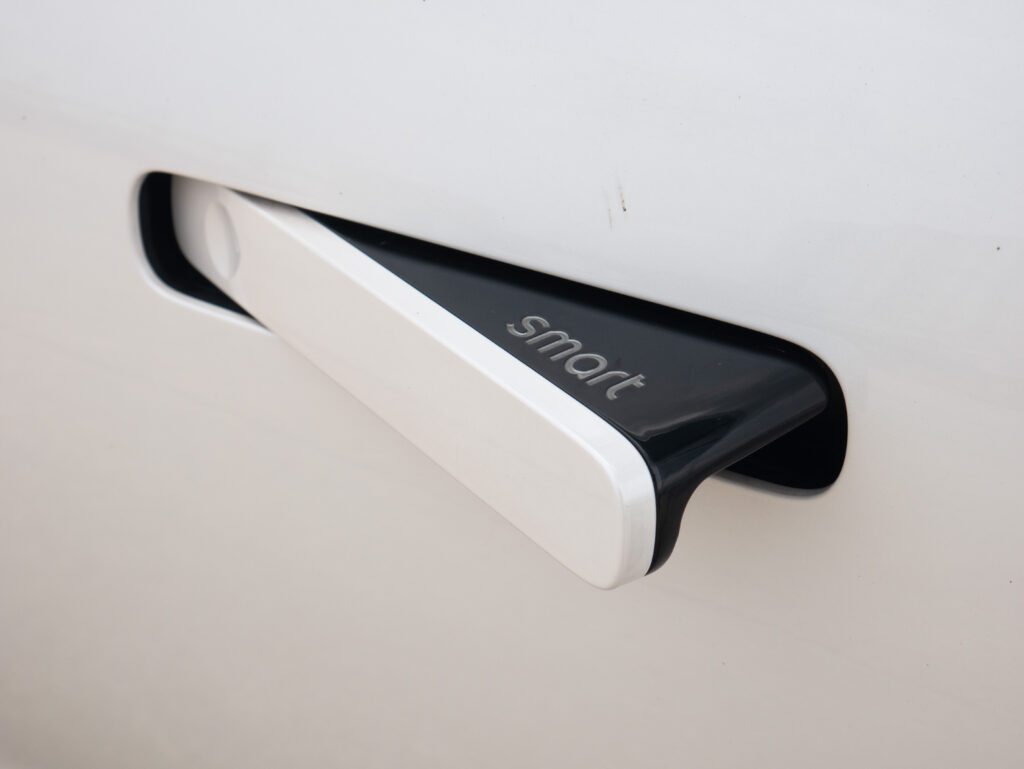
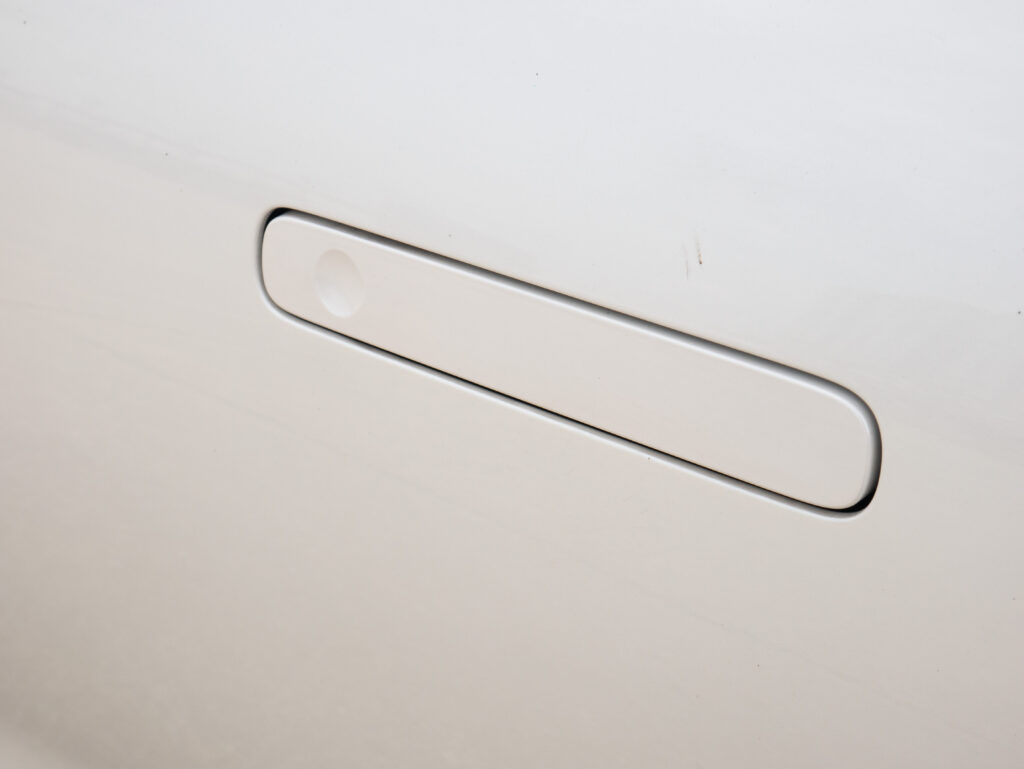

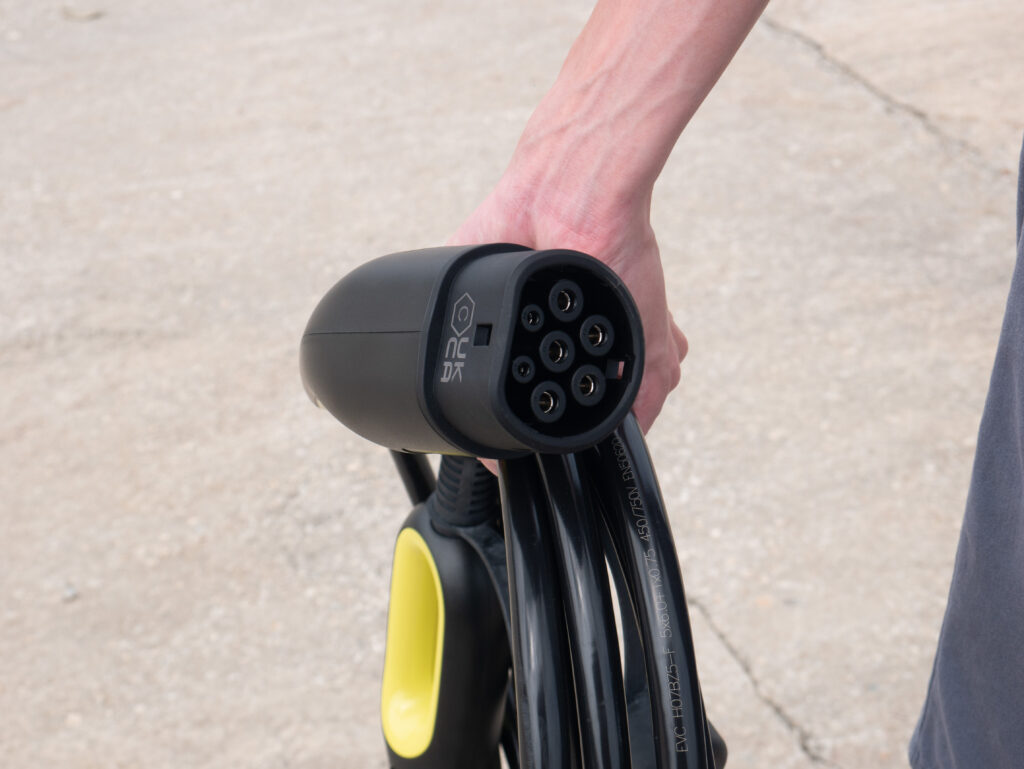
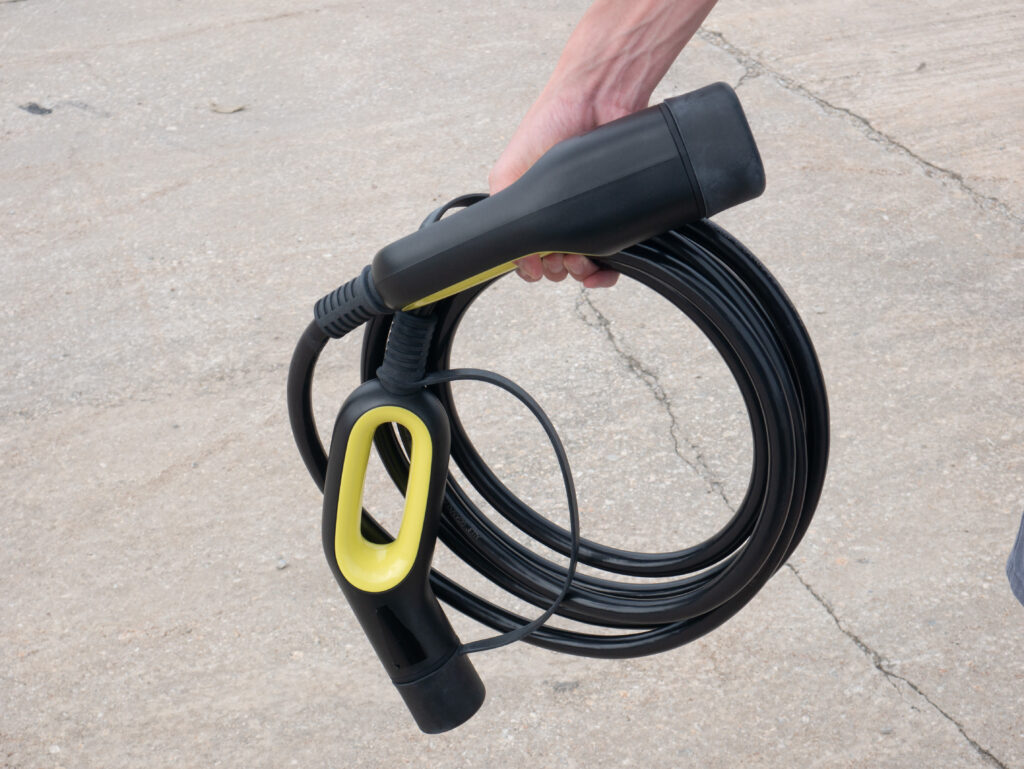
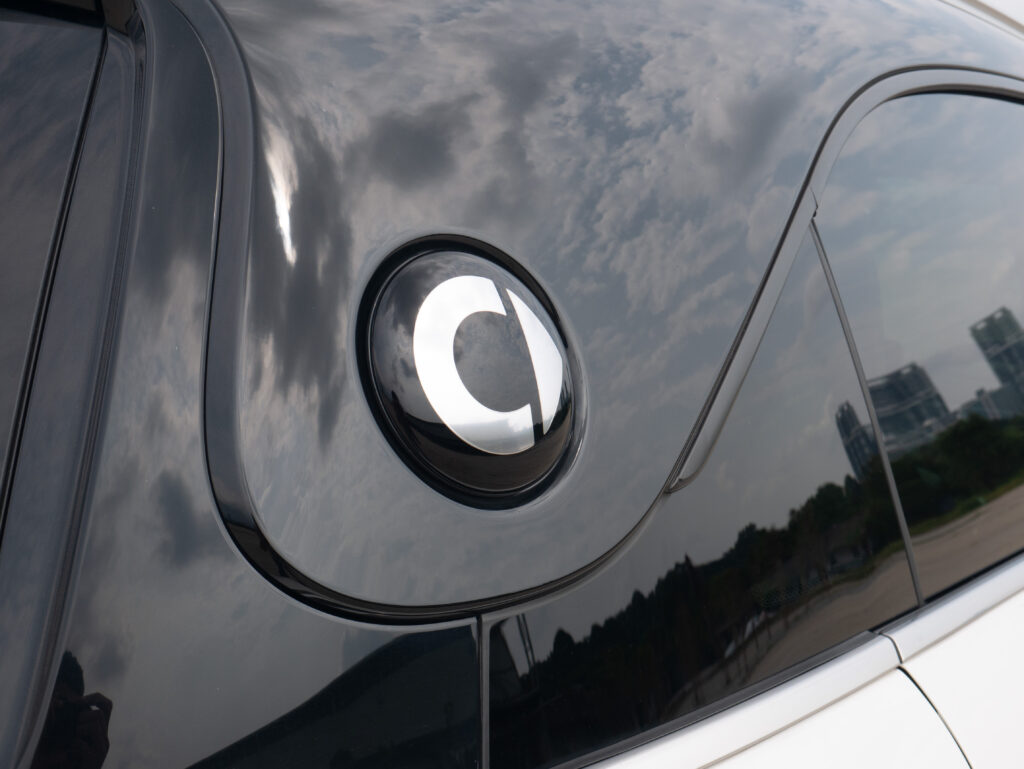

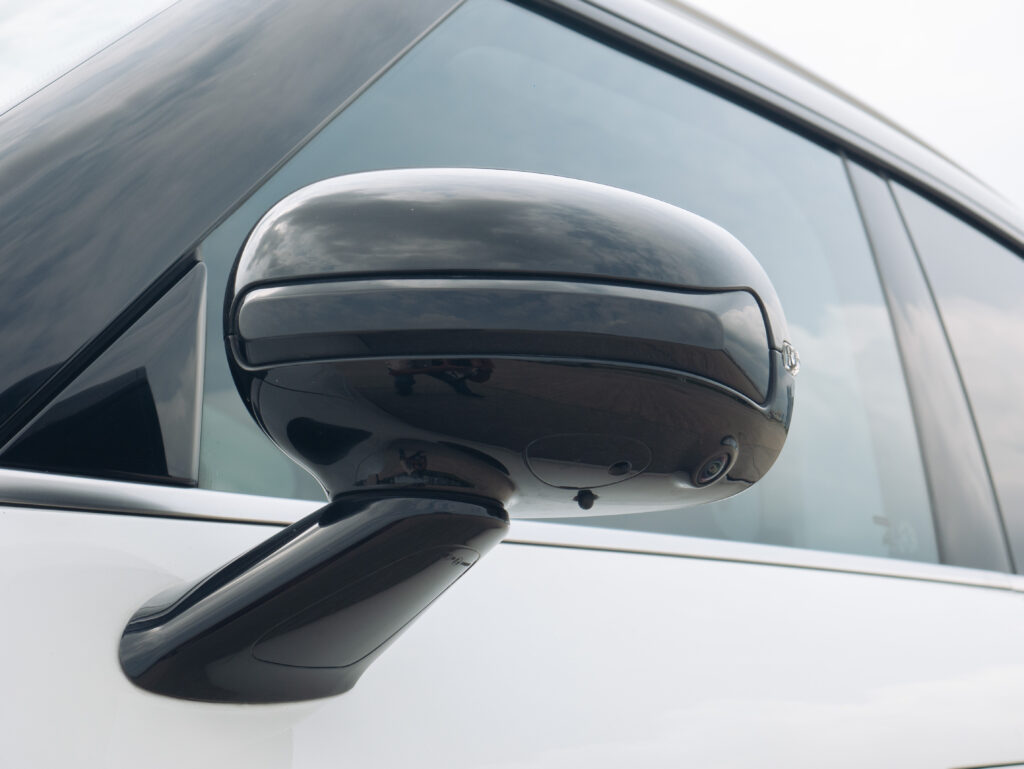
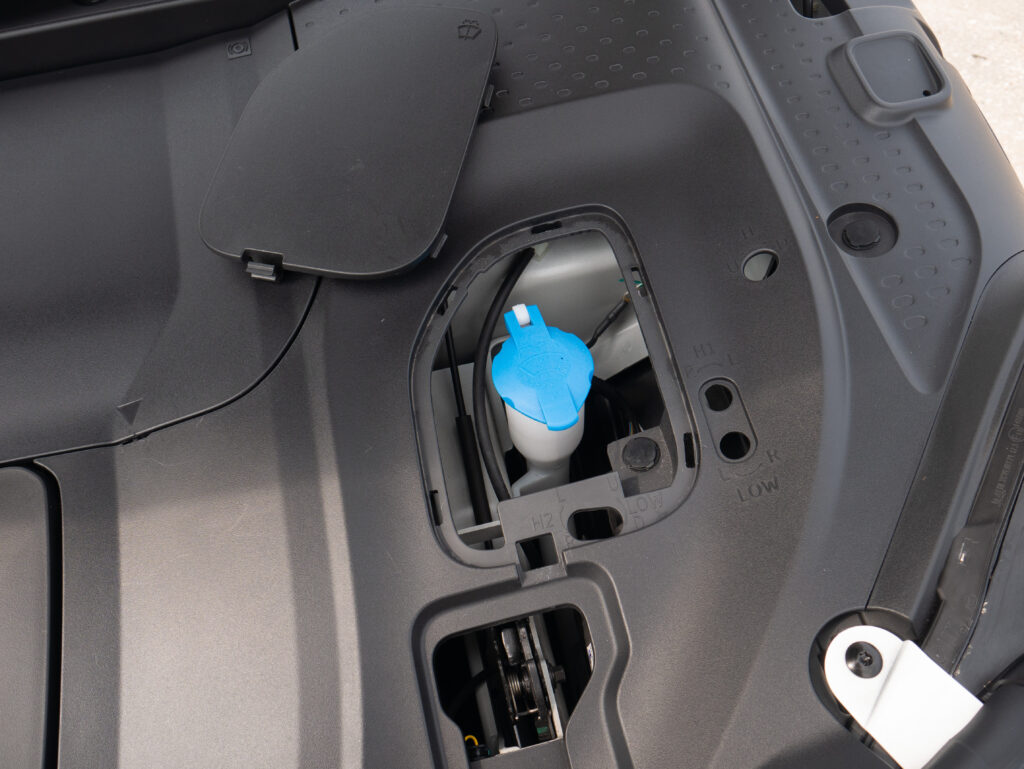
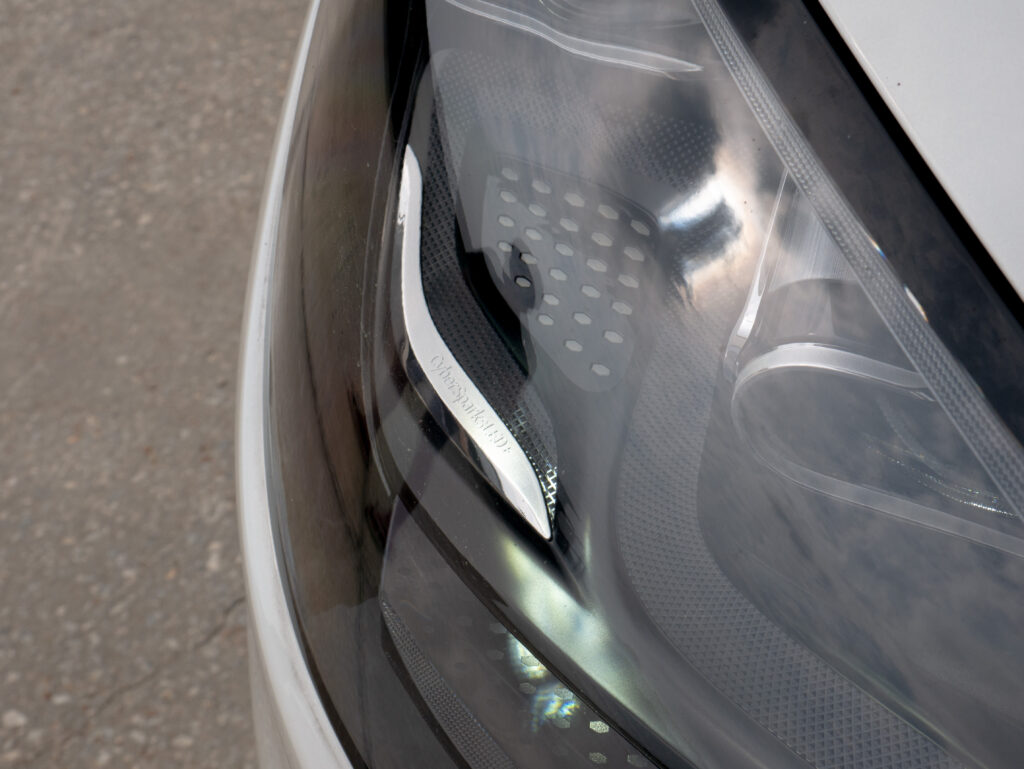



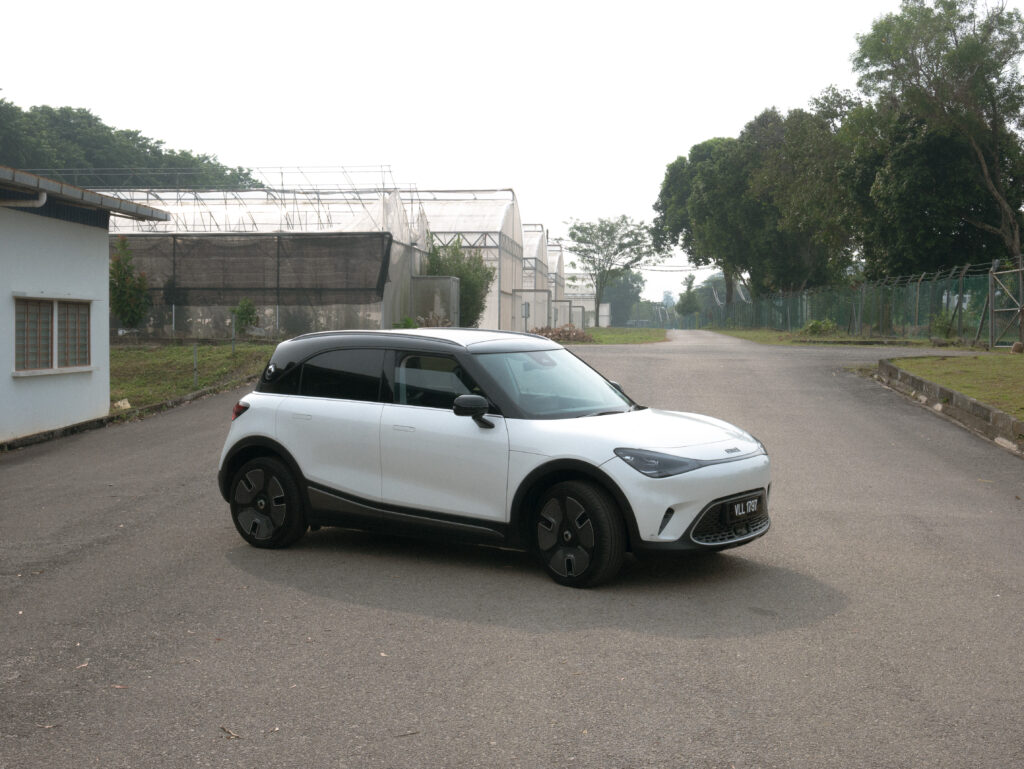

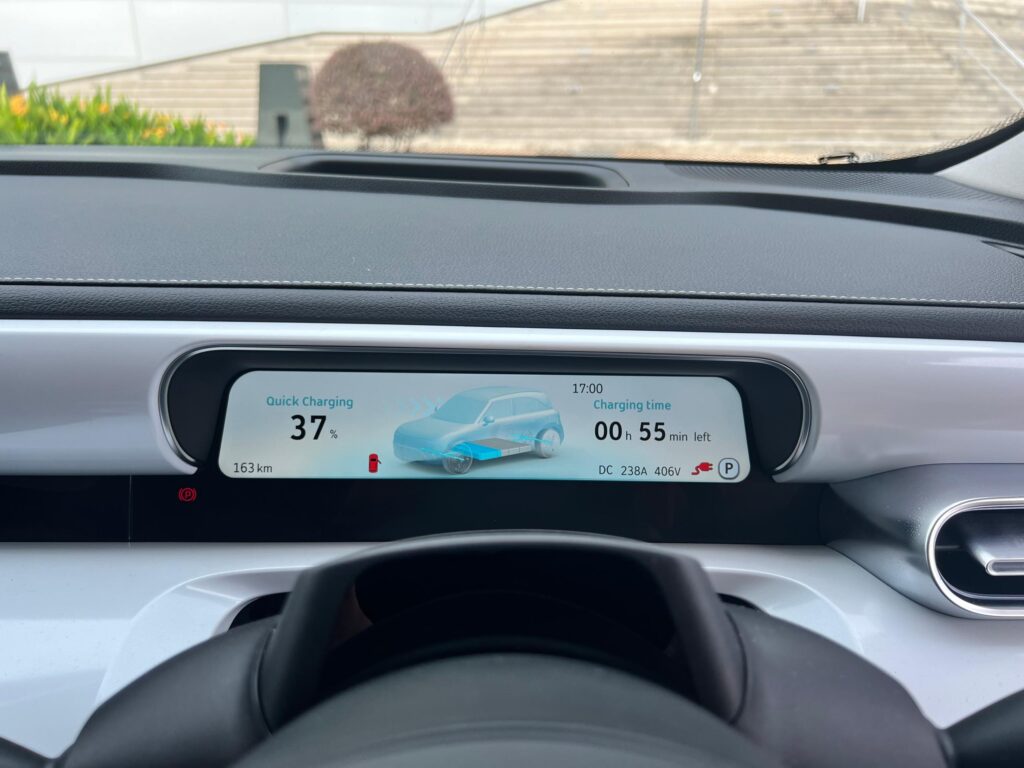
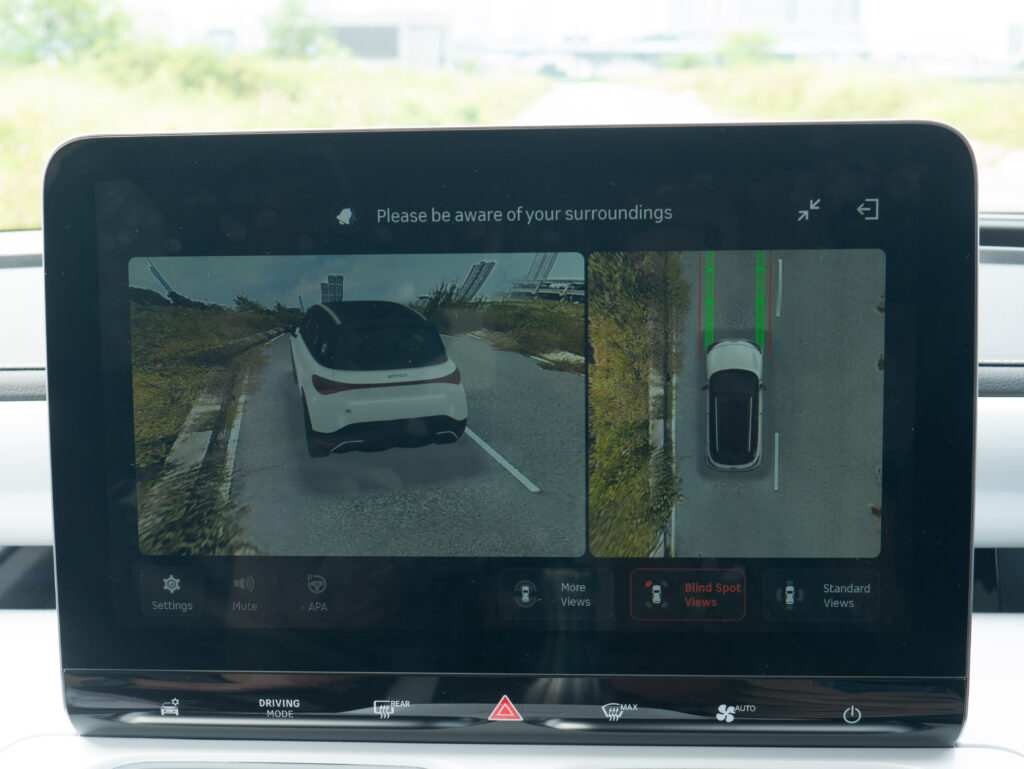
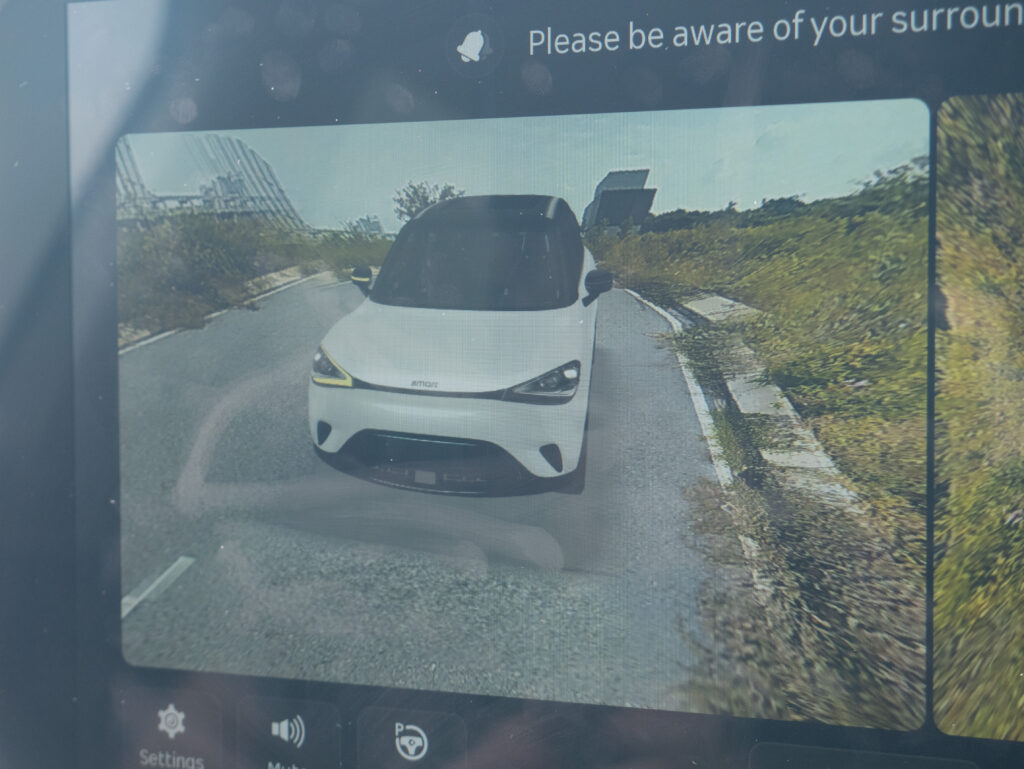
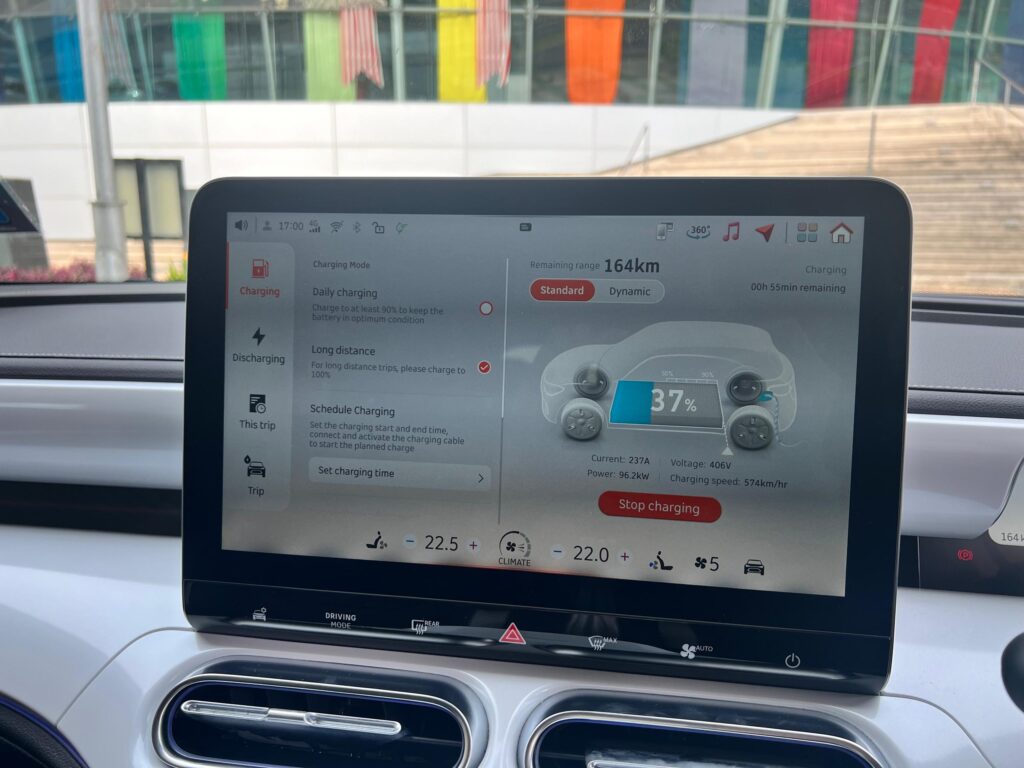


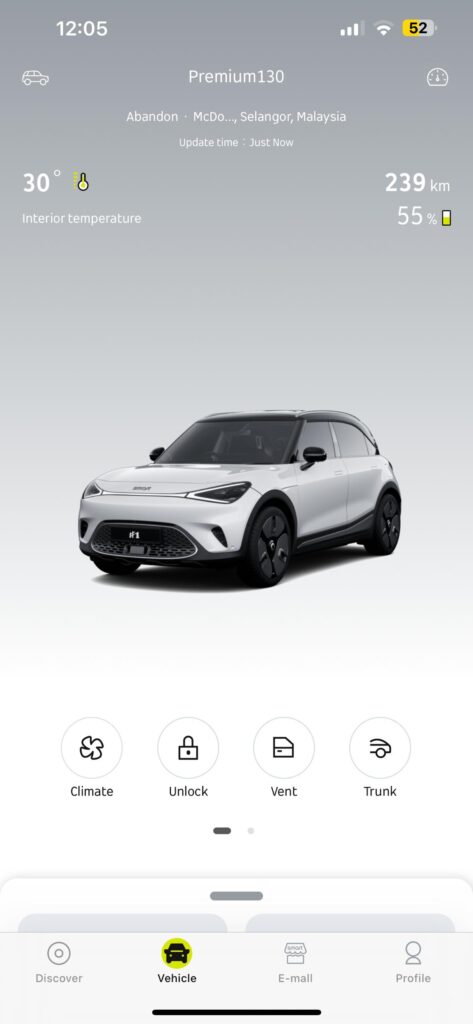
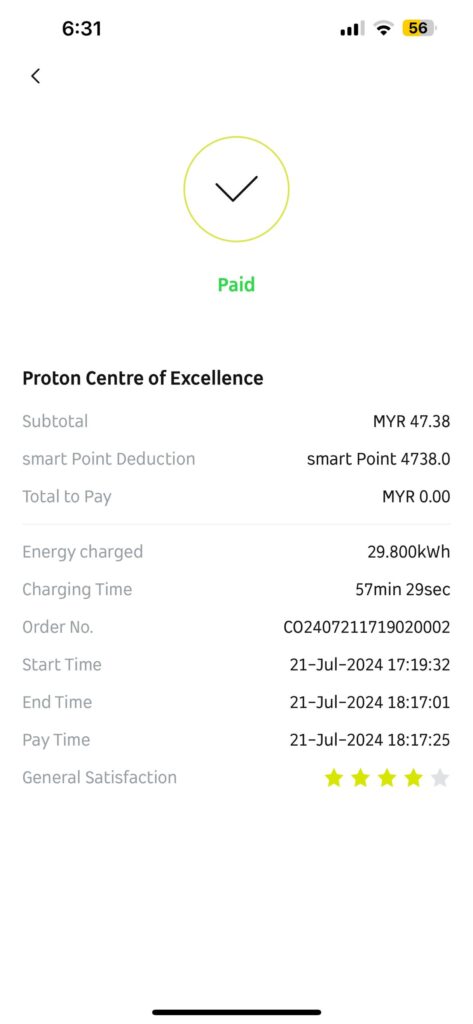

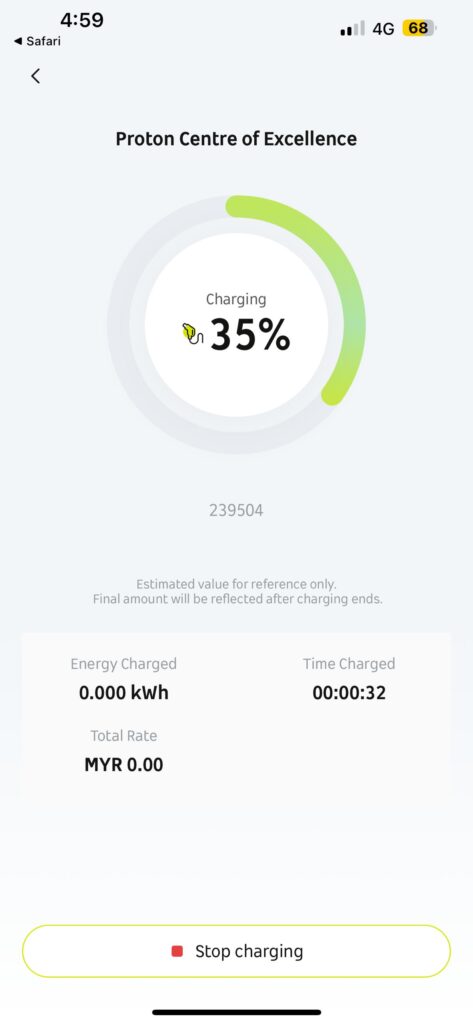

Words: Jonathan Ho
Photos: Harith Iman & Jonathan Ho

